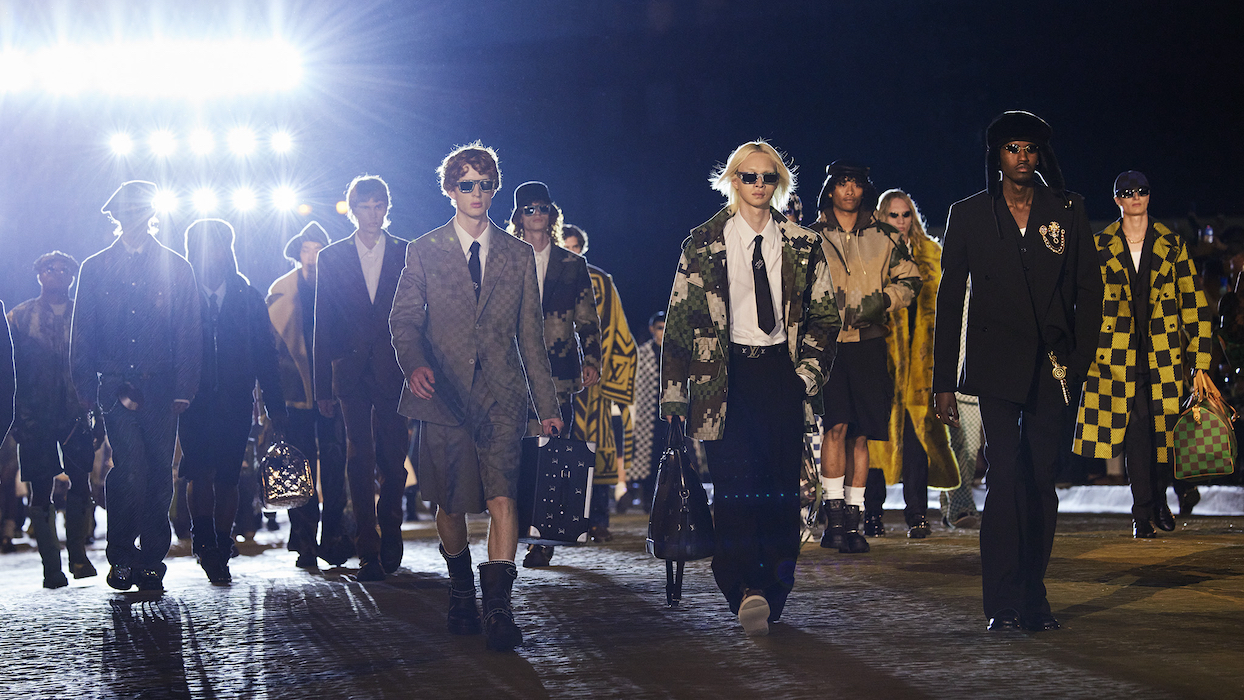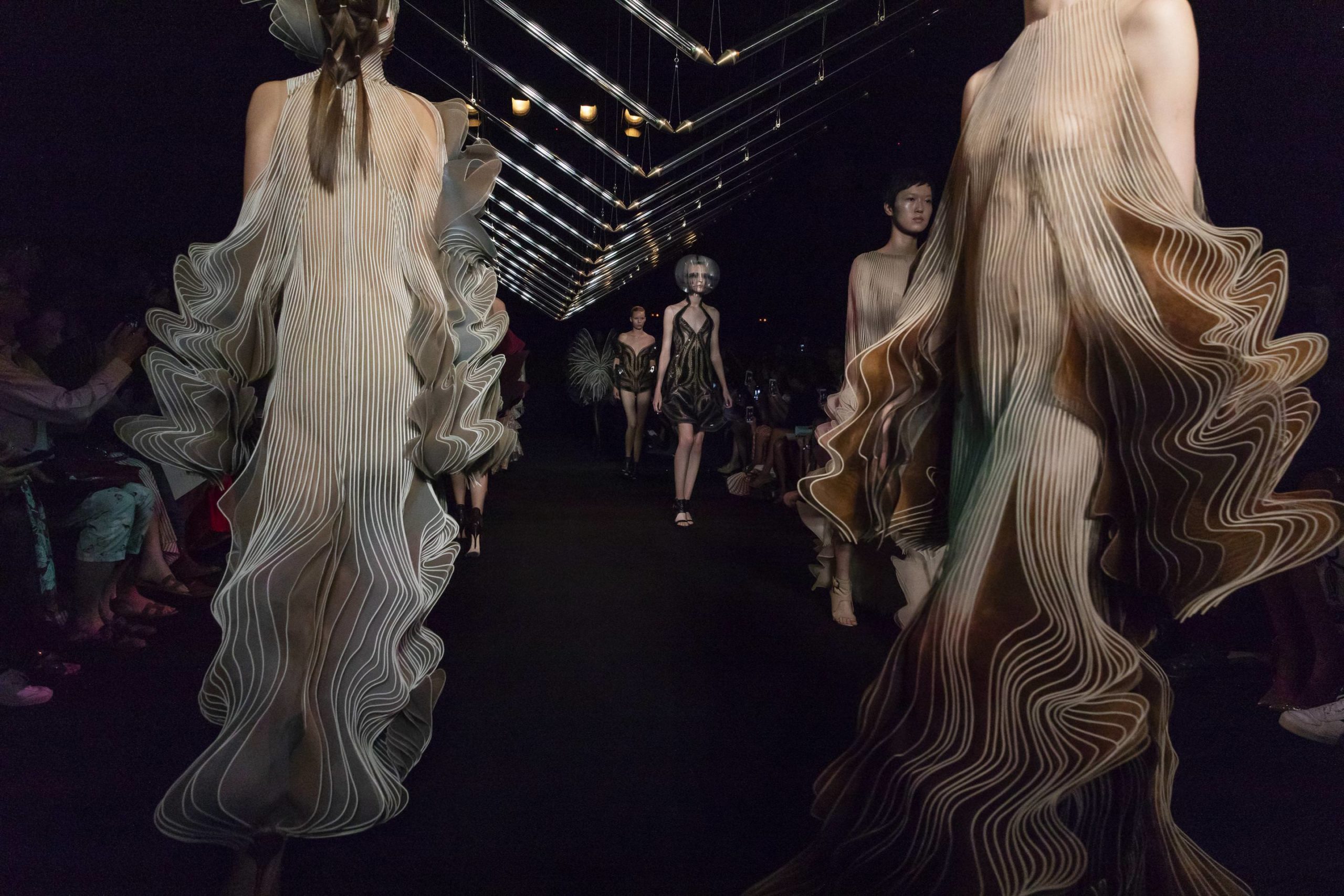The sustainable fashion designer Daniel Silverstein has been crafting fashion looks for over a decade. Interested in the industry from a very young age, he began sewing at around age ten, took weekend classes at FIT in high school, and enrolled full-time into the fashion college in 2006. He also studied abroad in Italy, scored internships with names like Carolina Herrera and a mass market retailer, and appeared on a fashion design reality show.
With a deep affinity for craftsmanship, Silverstein learned how to use textile development, weaving, and knitting to communicate emotions and create characters with garments. Through his first job, though, he discovered just how devastating the consumption of fashion is on our planet. In response, he zeroed in on zero waste fashion to create new looks with once-loved scraps. Whitewall spoke with the designer to hear why his label Zero Waste Daniel is focused on sustainable style, how he’s documenting fabric-waste data, and who he aspires to dress next.
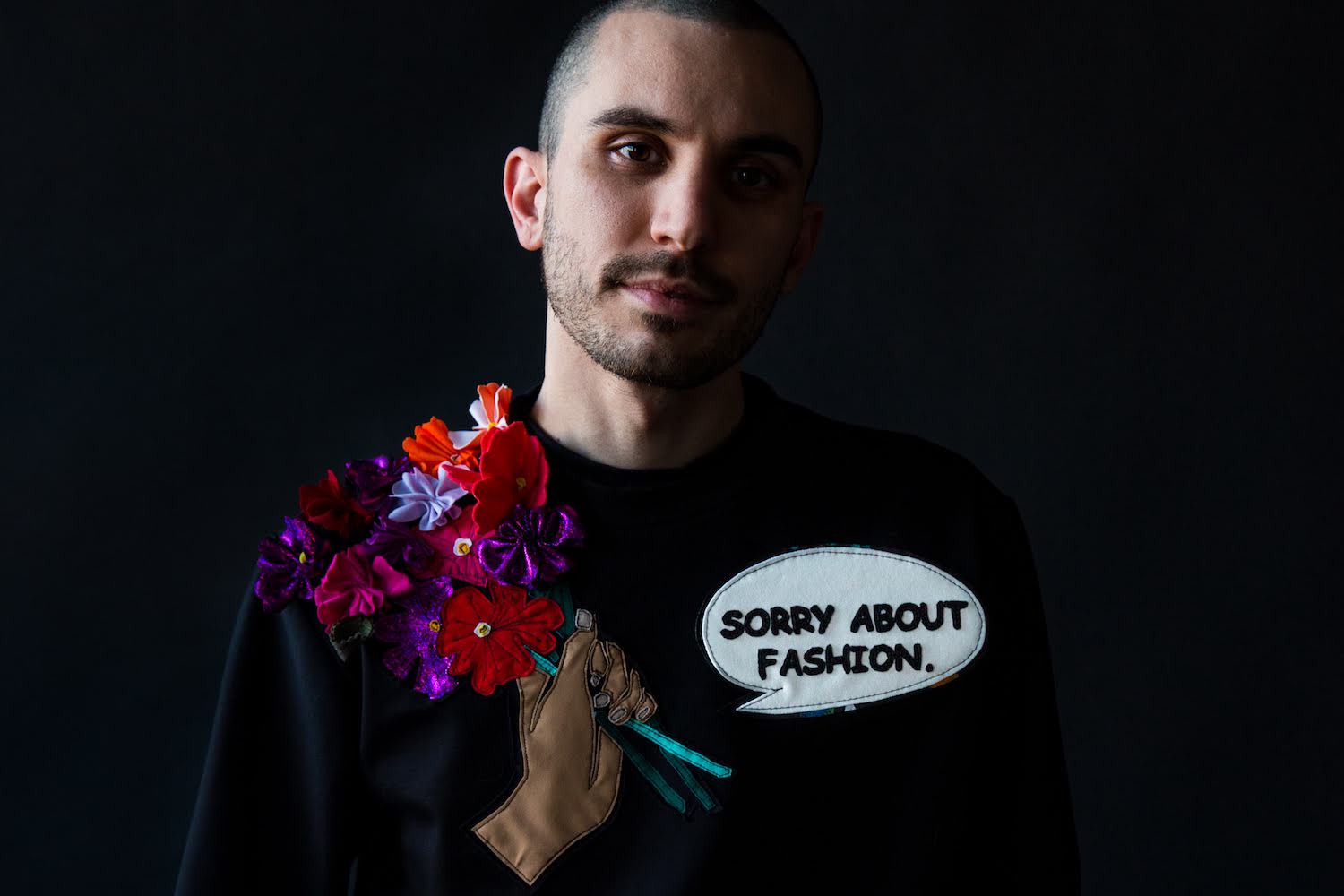
Courtesy of Zero Waste Daniel.
WHITEWALL: Through your early internships and at your first job at Victoria’s Secret, you learned an inordinate amount of fabric was getting thrown away. What was that epiphany like?
DANIEL SILVERSTEIN: I thought, “If this is one of the top brands, one of the biggest mass retailers, how do we all have the same problem? Why aren’t we doing anything about this? Doesn’t this seem like a huge market failure to anyone else?” That lack of forethought and responsibility was frustrating.
At Victoria’s Secret, I got to sit in on a cost meeting and not just understand there’s a pile of scraps in the corner of every studio, but hear what we were paying per yard and how much percentage-wise of every yard we were actually using. We were calculating the cost of our own waste—and that was a major wakeup call.
WW: You then quit to start a label named 100% with a classmate that created zero-waste pieces from one piece of fabric, started an eponymous label, and ended up back at the drawing board. How did that move to your creating Zero Waste Daniel around 2015?
DS: I went through this whole series of “shoulds.” I did things how I “should,” but the market was oversaturated. I hit a lot of dead ends, and I knew I needed to close my business. I still wanted to be a designer, but something needed to change.
In a moment where I was not doing what I thought I should be doing—like cleaning my studio and throwing out fabric because I was going out of business—I made myself a shirt out of scraps I’d been hauling around for years. Instagram was relatively new, so I posted a selfie, and it instantly got double the engagement than anything I had posted before, which were actual accomplishments like new designs and recent collections. That was sort of the moment that everything changed for me.
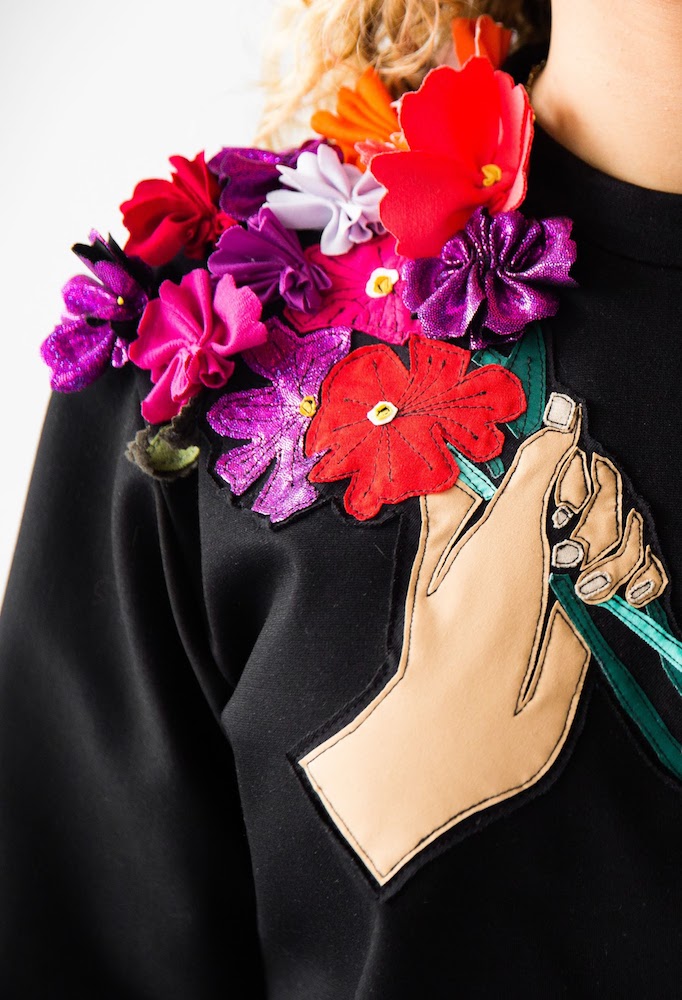
Courtesy of Zero Waste Daniel.
WW: Now you work from deadstock materials in storage, offcut rolls from brands, and fabric scraps purchased from FABSCRAP in Brooklyn. What is that process like?
DS: My hauls consist of getting the top ten colors we are producing in various knits at any size. We buy thousands of pounds from FABSCRAP every year and are thrilled to do so because we want to address circularity in fashion. FABSCRAP collects data on everything recycled and sold, so at the end of year we know how many pounds we bought and how that contributes to the larger recycling picture in New York City.
WW: You mentioned there are over 20 billion pounds of textiles thrown away each year, and each piece created by your label uses about one pound. How are you working with Columbia University to document this impact?
DS: We’re doing a research project with a student organization at the graduate level that creates impact-focused research projects on sustainable businesses. One of the ways I broke out of what I had been doing was telling the sustainable story to the people that don’t care about fashion. That was a lot more people than those who actually do care about fashion. So, the thinkers of the world seem really interested in this concept. It’s becoming a research cult hit.
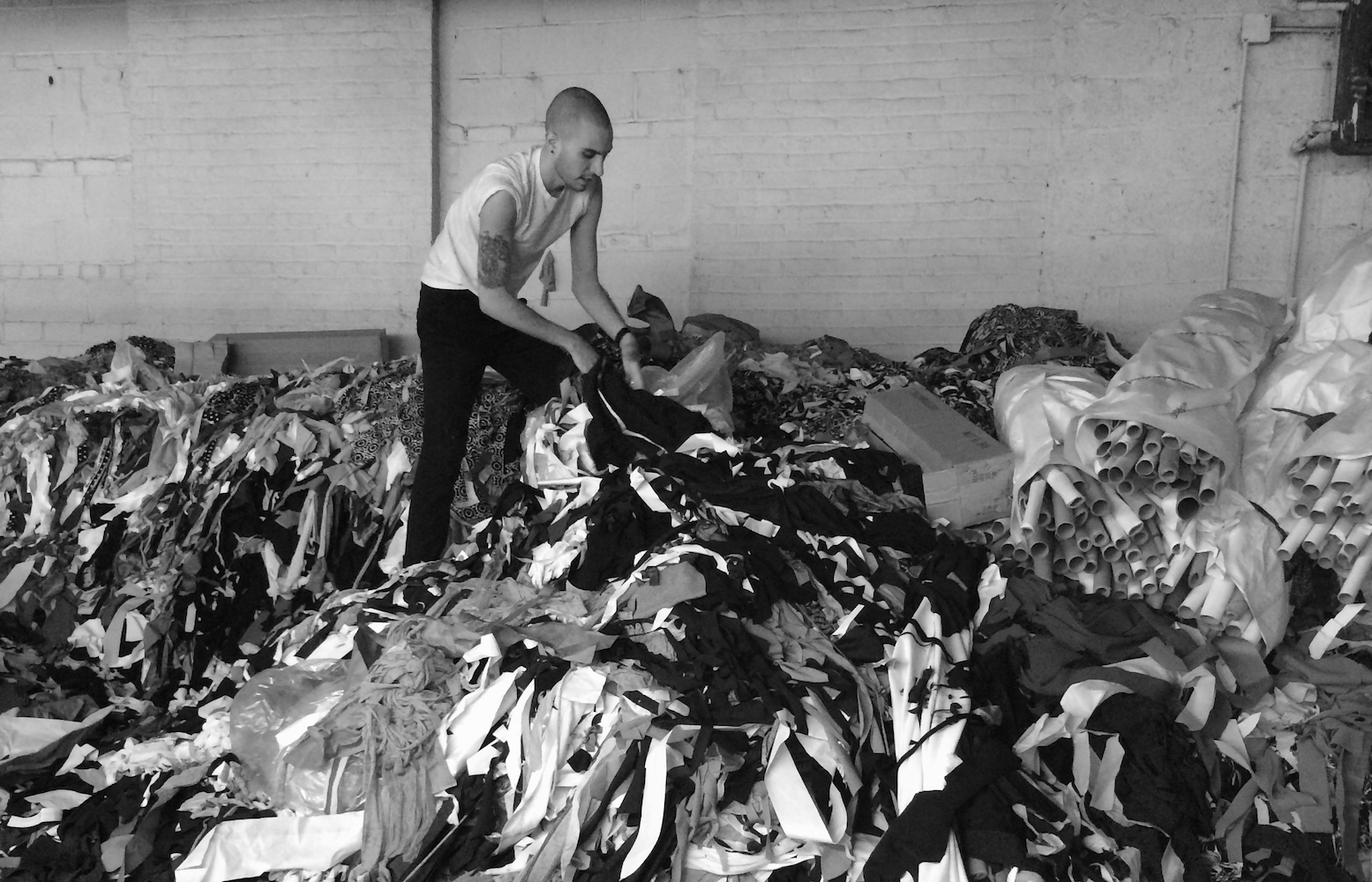
Courtesy of Zero Waste Daniel.
WW: You responded to the pandemic by making masks and had unbelievable success doing so. What else did the pandemic push you to do?
DS: I’m big into RuPaul’s Drag Race, and in the U.K. series there’s a queen that was up for elimination again, and they say they know they haven’t brought it all this week but they promise they will next week. Ru says something like, “The world is ending—literally. There is no time to waste!” And that hit me really, really hard. For the last ten years, I’ve been working toward some esoteric, altruistic goals. I want to see sustainability and circularity become normative in the apparel space.
I let these things become so big that I got away from the things I wanted for me. So, I’ve really shifted my mindset to my bucket list. What does Daniel want in his life? Why haven’t I tried to do every single thing
I’ve ever wanted to do, and why not right now? My mind shift has turned to things that make me joyous. I’m forcing myself to a new standard, sitting in new areas of discomfort, and trying to realign with a new set of goals.
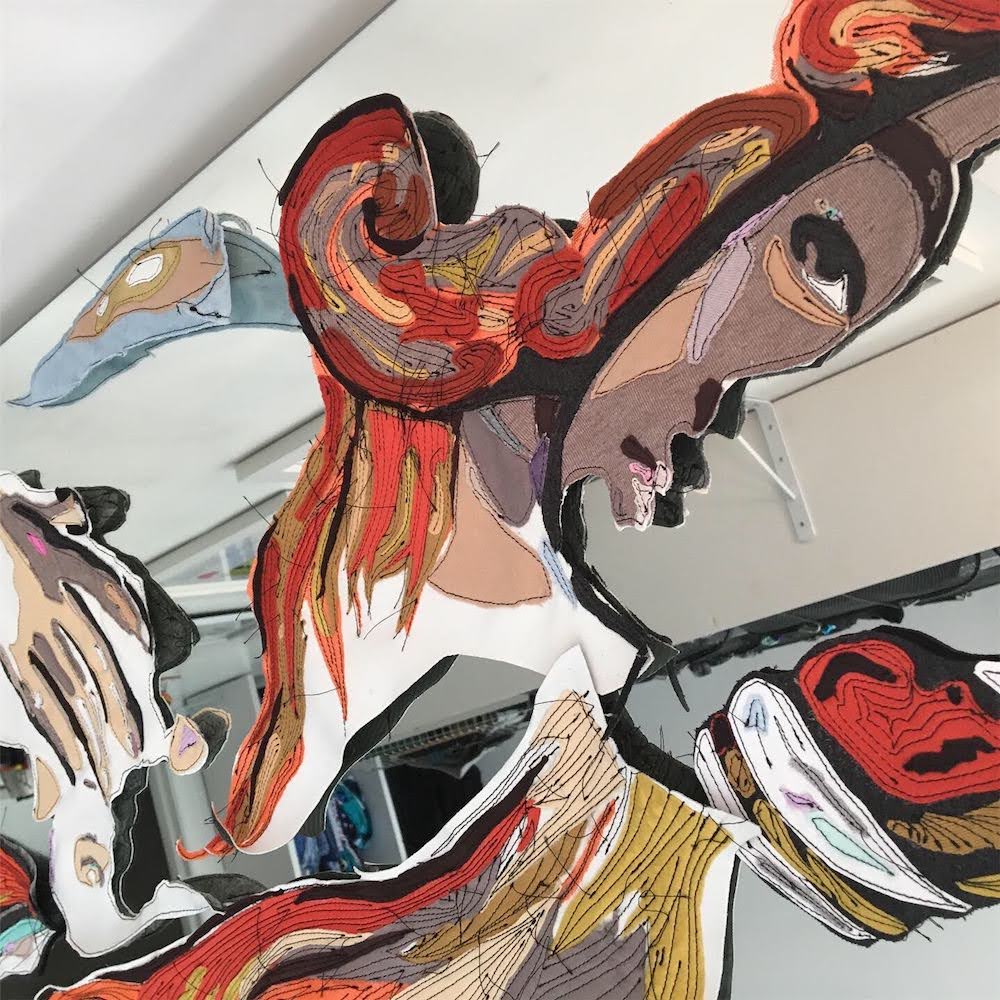
Courtesy of Zero Waste Daniel.
WW: What haven’t you done that you want to?
DS: I’m connecting with the people that inspire me on an intimate creative level. Thinking about the Bob Mackies of the world who have created all this work that’s inspired me. What about the Chers and the Carol Burnetts of our time? How do I put my work on them in a way that’s not walking down a red carpet, but creating a narrative? That’s what Bob Mackie did.
Another designer that I absolutely love was Halston—Mr. Party Boy, Mr. Spandex-into-Leisurewear. He used fabrics that nobody thought was in that category, and he wasn’t just making a collection to put on models. He wasn’t just creating a party dress—he made the dress for Bianca Jagger to wear to that Studio 54 party to be on a horse. Those looks are in books, in every Google search, and in every documentary. That inspires me, not Paris Fashion Week.
One of my favorite communities, the Broadway community, is really hurting as a result of COVID. I’m really looking forward to breaking into the costume world, into the performance world, and into the entertainment world. The most iconic stuff trending on the Internet is predominantly happening in the drag community right now. The Drag Race industry, the Instagram and the TikTok makeup queens—it’s all happening so quickly and it’s so free and exciting that it’s almost alarming to people. You can push boundaries here in a way that you can’t in fashion, but it’s fashion.
I did a few pieces for the drag queen Pattie Gonia that I absolutely adore, but I’m really looking to make some more splashy, head-turning narrative fashion pieces for some iconic queens. Developing more performance-based experiential fashion is really what I’m looking to do in my immediate future.
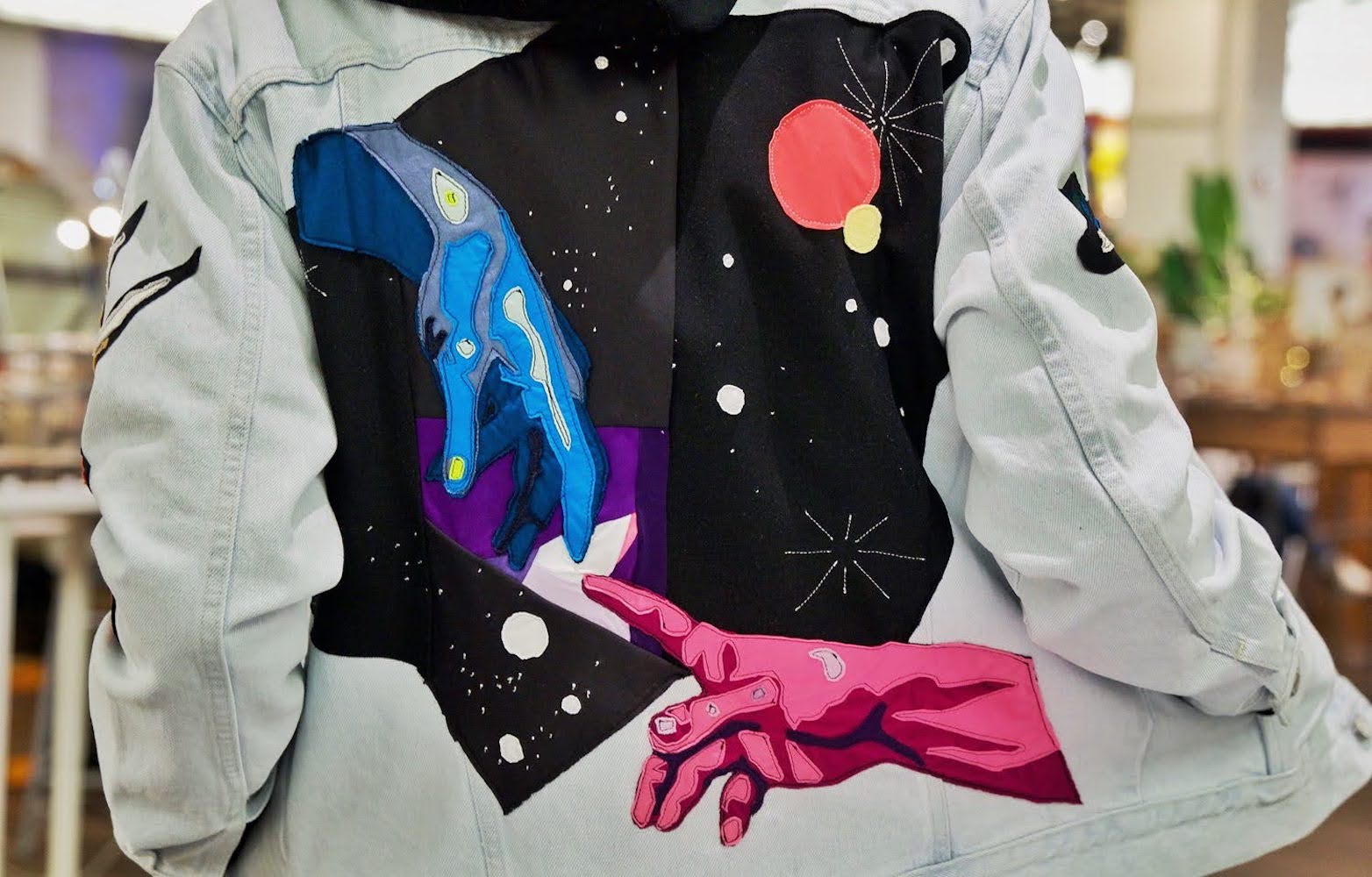
Courtesy of Zero Waste Daniel.





